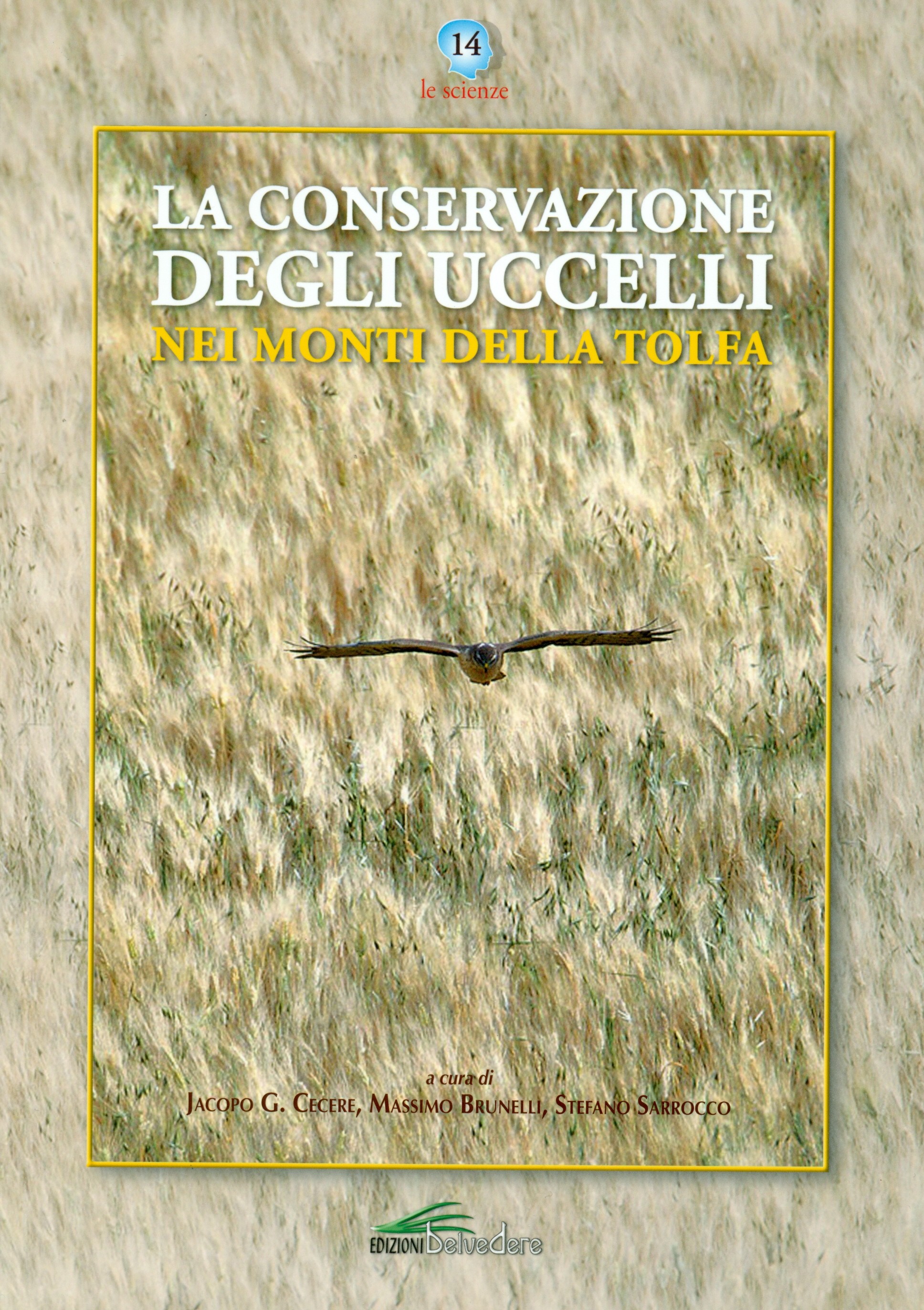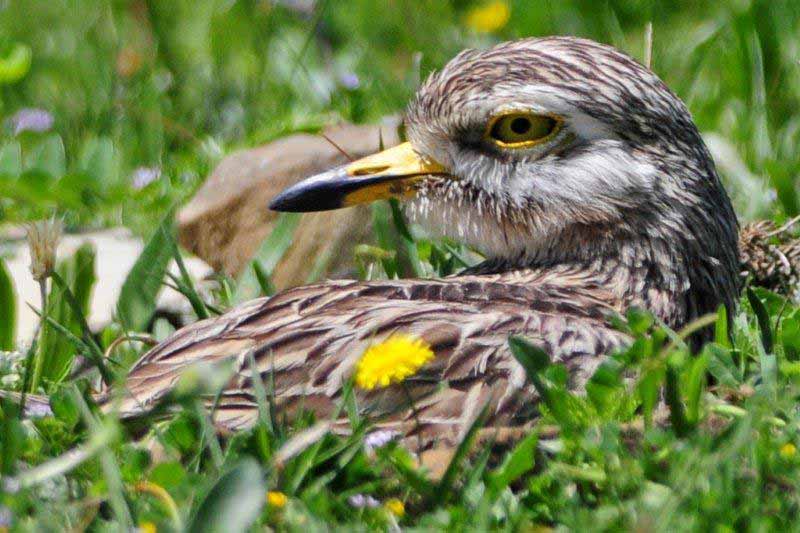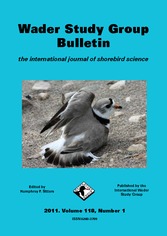Stone Curlew’s Tracks and Signs
During autumn we can easily observe some tracks and signs left by Stone Curlew on ground: foot-prints and droppings…
Not to many data (photoes) are available about Stone Curlew “foot-prints” , in this case we are able to present some pictures taken on wet grounds and mud of the species: foot-print is very peculiar expecially if compared with others (for example Lapwing or Grey Plover).
Droppings (faeces) are relatively easy to collect, expecially from autumnal and wintering roosts like in this case (November 2011 Rome, Latium).
Collecting droppings could be a good way to study the diet of birds analysing food remnants: Rhys Green and his collegues (2000) investigated the Stone Curlew’s food in England for several years in Breckland demonstrating that insects and earthworms were the most important food items. The same result with local variation was found by Rodriguez & del Campo (1987) for Canary Islands…
A similar study on the diet of Stone Curlew is actually performed in the Province of Grosseto (Tuscany) by Pietro Giovacchini and collegues. We are now collecting droppings of the species also in Latium in order to have some comparative data.








